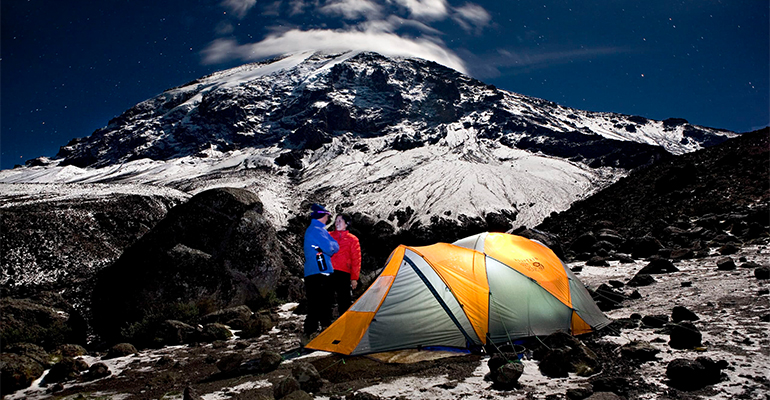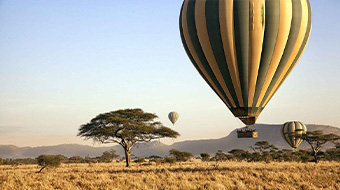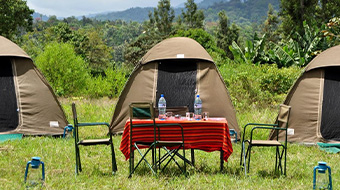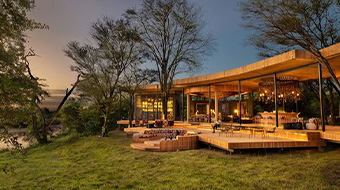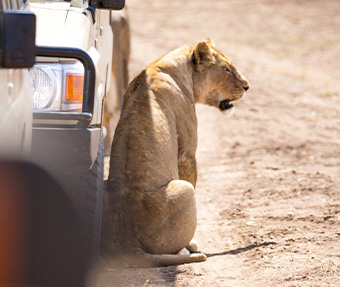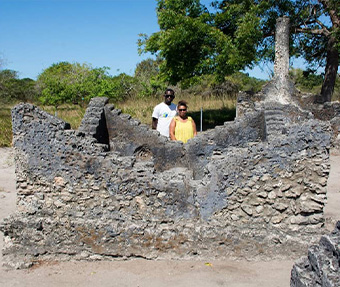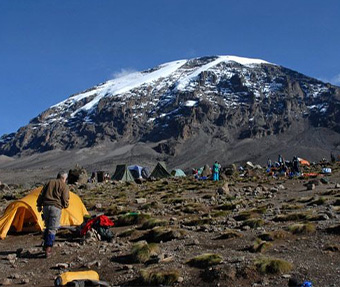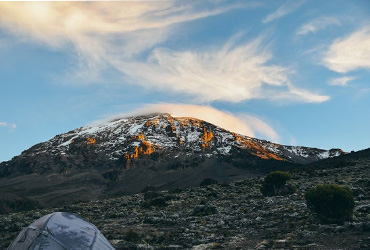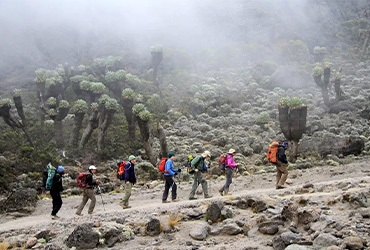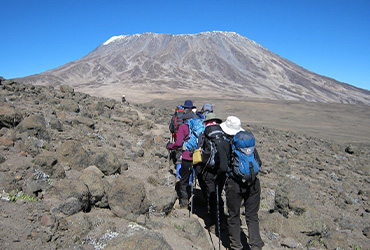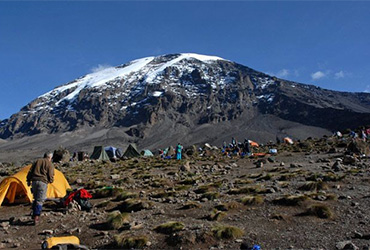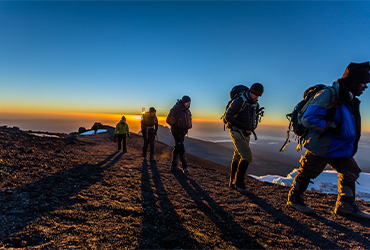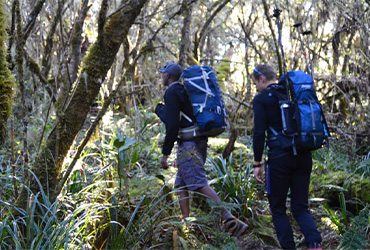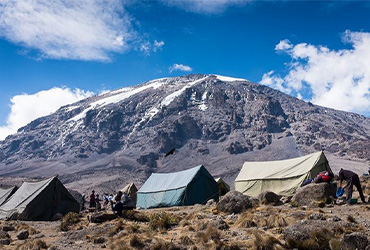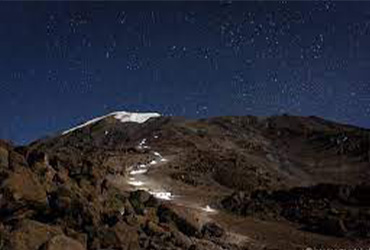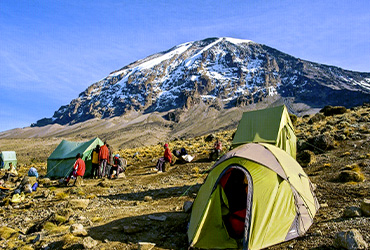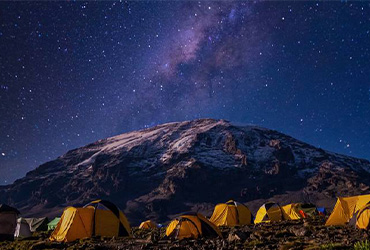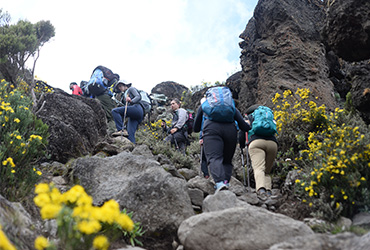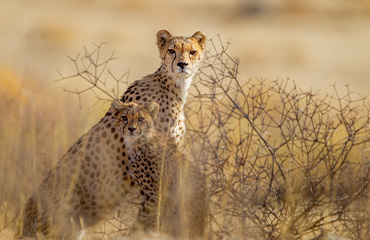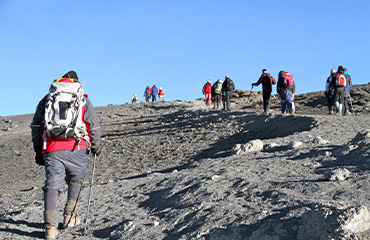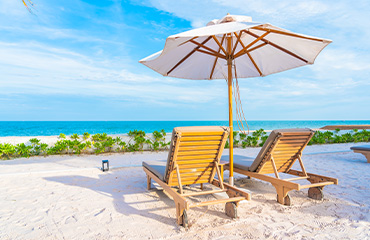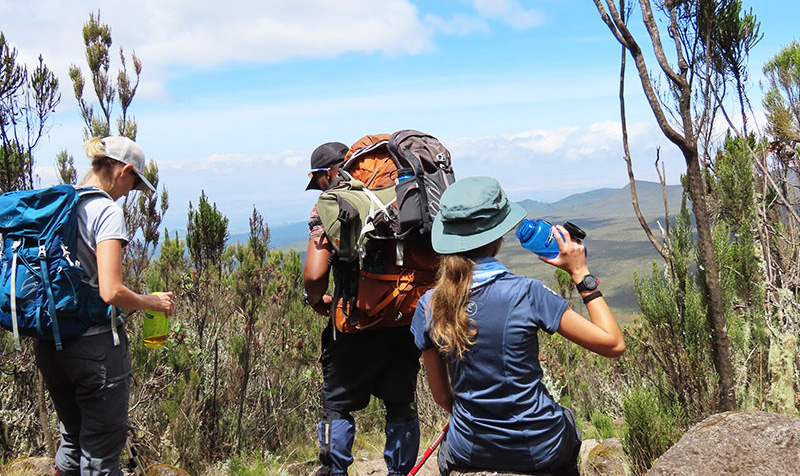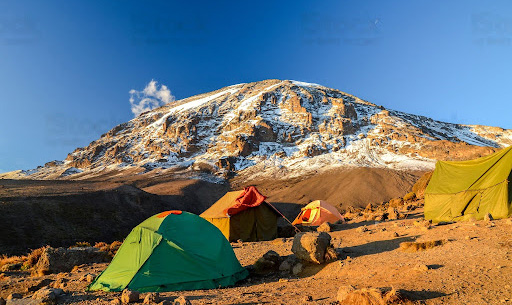All About Climbing Kilimanjaro: Hiking & Trekking Adventures
Climbing Mount Kilimanjaro, Africa's highest free-standing mountain at 5,895 meters (19,341 feet) in Tanzania, is an exciting adventure that draws climbers from all over the world. With its three volcanic cones—Kibo, Mawenzi, and Shira—Kilimanjaro offers stunning landscapes and a range of challenges. Each cone has its own unique features, making the journey diverse and captivating.
The snow-capped peak, Uhuru Peak, is the ultimate goal for climbers, symbolizing the highest point in Africa. As the tallest free-standing mountain on Earth and one of the Seven Summits, Kilimanjaro is a dream destination for mountaineers everywhere. Reaching the summit provides a sense of achievement and an incredible view of the surrounding landscapes.
Hiking or trekking up Kilimanjaro takes you through various ecosystems, from lush rainforests to barren deserts. You’ll pass through different climate zones, including the lush lower slopes, the moorland zone with its unique flora, and the arctic-like conditions at the summit. Climbing Kilimanjaro is a tough but rewarding journey, showcasing human endurance and inspiring adventurers to explore new heights. It’s a chance to witness diverse wildlife and unique plant species, and experience the remarkable change in scenery as you ascend.
The journey to the top is not just about reaching Uhuru Peak. It’s also about enjoying the trek through Kilimanjaro's varied landscapes and ecosystems, including dense rainforests, open moorlands, and alpine deserts. Each day of the climb offers new and breathtaking vistas, making every step of the journey memorable.
Preparation is key to a successful climb. Climbers should be in good physical condition, acclimatize properly, and have the right gear. Understanding the different routes, such as the Marangu Route known for its hut accommodations, or the Machame Route renowned for its scenic beauty, will help in choosing the best option for your adventure.
Key Features of Kilimanjaro Climbing Tours: Ultimate Guide and Scenic Routes
Routes to the Summit at Uhuru Peak (5,895 meters / 19,341 feet):
Kilimanjaro has several routes, each offering a unique experience:
- Marangu Route: Known as the "Coca-Cola Route," it's the most popular but also the shortest and least scenic.
- Machame Route: Often called the "Whiskey Route," it's famous for its stunning views and higher success rates.
- Lemosho Route: Renowned for its pristine wilderness and gradual ascent, which helps with acclimatization.
- Rongai Route: Provides a more remote and less crowded experience, starting from the mountain's north side.
- Umbwe Route: Known for its steep climb and incredible views, requiring excellent fitness and acclimatization.
Preparation and Training:
Getting ready to climb Kilimanjaro means being physically fit and mentally prepared. Here’s how to prepare:
- Do cardiovascular exercises to build endurance.
- Strengthen your legs and core with weight training.
- If possible, train at high altitudes to mimic climbing conditions.
- Learn about altitude sickness and how to prevent it.
Gear and Equipment:
Having the right gear is essential for a successful climb. Here’s what you’ll need:
- Insulated, waterproof clothing layers.
- Sturdy hiking boots that are already broken in.
- Trekking poles for balance and support.
- High-altitude gear like a warm sleeping bag and insulated sleeping pad.
- Sun protection, including sunglasses, sunscreen, and a wide-brimmed hat.
- Water purification tablets and a hydration system.

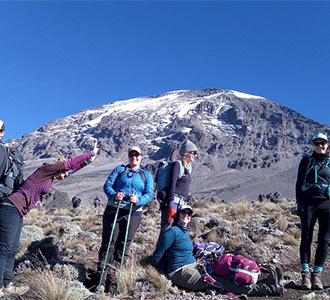
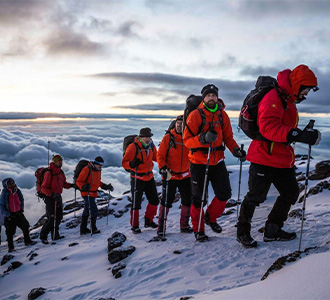
Acclimatization and Altitude Sickness
Proper acclimatization is crucial for avoiding altitude sickness and increasing your chances of reaching the summit. Here are some essential tips for acclimatization:
- Ascend slowly to give your body time to adjust to the higher altitude.
- Stay well-hydrated by drinking plenty of water.
- Include rest days in your itinerary to help your body adapt to the altitude.
- Be aware of altitude sickness symptoms and descend if needed.
Safety Precautions
Safety is paramount when climbing Kilimanjaro. Follow these safety precautions to ensure a safe climb:
- Hire a licensed guide and porter service for expert support and assistance.
- Follow your guide’s instructions and stay informed about weather conditions.
- Maintain a steady pace and listen to your body’s signals to avoid overexertion.
- Carry a first-aid kit and emergency supplies for unforeseen situations.
Summiting Kilimanjaro
Reaching the summit of Kilimanjaro is an exhilarating experience full of challenges and rewards. Climbers undergo extensive training to prepare for the demanding ascent to Uhuru Peak. Despite the tough climb, the thrill of standing at Africa’s highest point and the camaraderie among climbers make the journey unforgettable.
"Climbing Mount Kilimanjaro is an extraordinary challenge that tests both your physical and mental endurance. With thorough preparation and determination, you can reach the summit at Uhuru Peak (5,895 meters/19,341 feet) and create lasting memories."


